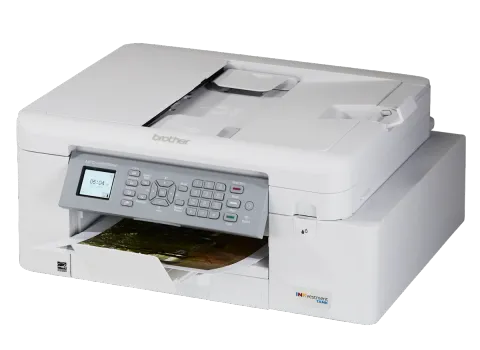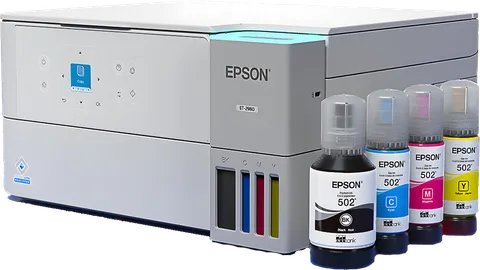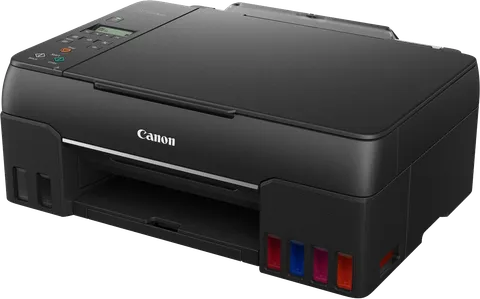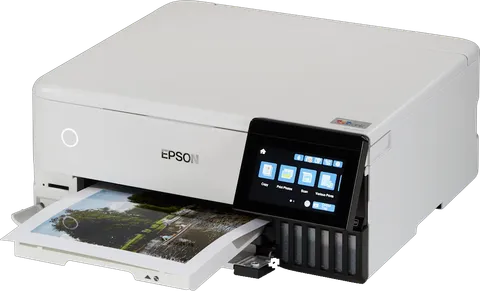
Cheapest Startup
Brother MFC-J4335DW
Image Quality
Text Quality
Cost Per Print
Cardstock Handling
Advantages
- Lower running cost than standard cartridge printers
- Large ink cartridges available
Disadvantages
- 4-color ink system
- Running costs are higher than true refillable tank systems


